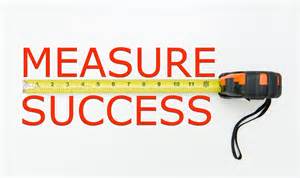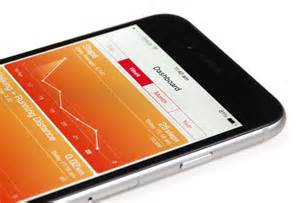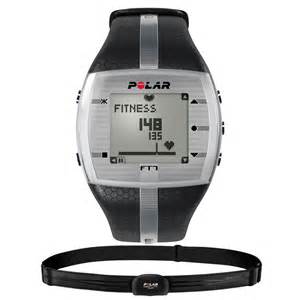This month’s habit is exercise. And so far we’ve covered the 2 primary types of exercise – strength and cardio training. We’ve also discussed the impact that intensity can have on our exercise, regardless of whether it’s during a cardio or strength training session.
 As you strive to reach your exercise goals, you will find that you have:
As you strive to reach your exercise goals, you will find that you have:
- More energy.
- Better focus.
- Greater strength and stability.
- Increased endurance during exercise and throughout your day.
- The ability to manage stress better.
- A lower resting heart rate.
- Better quality sleep.
Building on our healthy exercise habit, this week I would like to explore the benefits of a valuable tool. Don’t worry, I am not trying to sell you a new gadget. This tool costs you nothing, yet can help you accomplish SO much. It will keep you motivated as you start seeing results with your exercise program. And hey, you may already be using it to some degree.
What is it? It’s called “tracking”. Tracking brings your choices, decisions, habits, and behaviors to your conscious awareness by allowing you to see what you are currently doing or not doing. But more importantly, it allows you to manage the things you want to start, stop, or continue doing by keeping track of them. It builds good habits and is something we discussed previously.
Here’s an example of how I’ve used tracking. For the past 15 years I have worn a heart-rate monitor during my workouts. I did this so I could measure and track my calorie burn. And that’s because calorie burn was an important metric that helped ensure that I was meeting or exceeding one of my weekly exercise goals.
I still track my calorie burn, but to a lesser degree because I’ve got a good handle on it. A couple of other things I track include my water intake and the number of times I workout each week.
![]() But here’s the main point I want to pass on. If you are serious about a goal (and why wouldn’t you be), you must track key behaviors that will help you achieve that goal. And if your goal is to lose 30 pounds by June 1st, then you should pick ONE important element to measure. And then start tracking it immediately!
But here’s the main point I want to pass on. If you are serious about a goal (and why wouldn’t you be), you must track key behaviors that will help you achieve that goal. And if your goal is to lose 30 pounds by June 1st, then you should pick ONE important element to measure. And then start tracking it immediately!
Let’s look at some key behaviors that you can track based on a weight-loss goal.
- Calorie intake.
- Number of workouts.
- Amount of calories burned from exercise.
- The type of exercise performed (strength or cardio).
- The number of miles that you walked or ran.
- The maximum weight lifted (if your goal is to get stronger).
Some of these metrics can translate into weekly, monthly, quarterly, and annual data; which can then become the daily and weekly next steps of a longer term goal.
But make it easy on yourself. Track one thing for the next month. After you build that habit, you can add a second key behavior to track. Just don’t fall into the trap of trying to track everything at once. It may seem exciting for the first week, but it will quickly become a monotonous chore that you’ll eventually despise, and then stop doing altogether. So make it a habit that’s simple and that you’ll want to maintain.
Tracking with your smartphone is a great way to start. For example, iPhone users have the built-in “Health” app. The dashboard feature makes it so easy to enter the information you intend to track. Visually, you can see your progress. And it’s all stored in one place. For Android users, check out the Google Fit or S Health apps. Or do a search in the Google Play store.
So what’s my tip for this week? Measure and track one key behavior that will help you accomplish your 2016 health & wellness goal. What’s your one key behavior to track?
For manual tracking, check out Darren Hardy’s weekly rhythm register. It’s a simple, straightforward way to keep yourself accountable. Download a free copy here.
And if calorie burn is the metric you wish to track, I highly recommend Polar heart rate monitors. You can find them here on Amazon. Unlike the Fitbit or other fitness trackers, Polar heart rate monitors are better for tracking calories burned (in my opinion).
Why? Because you are measuring calories burned during exercise only. Our bodies burn calories all day long. When you are walking, talking, eating, sitting… Even sleeping. And I’m not interested in tracking something that happens naturally and automatically. Especially when I’m in a resting state. I prefer to track something that I’m doing incrementally to positively impact my good health. And that’s exercise. So I track it!
What do you think? Will you give “tracking” a try? I sure hope so.
Thank you for sharing your time with me. I’d love for you to let me know what you think by leaving a comment. Is the content valuable and helpful? Did anything resonate? Will you take action? What else would you like to see in future posts?
If you know someone that can benefit from this content, I’d be eternally grateful if you would share this with them. And if you like what you see, you can SUBSCRIBE for automatic updates, LIKE US on Facebook, and spread the word about www.thin2win.net with your friends, family and social circles.


